Humans (Homo sapiens) have a highly developed brain, capable of abstract reasoning, language, introspection, and problem solving. This mental capability, combined with an erect body carriage that frees the hands for manipulating objects, has allowed humans to make far greater use of tools than any other species. Human evolution encompasses the development of the genus Homo, but usually involves studying other hominids and hominines as well because evolution of humans started as far as 45 millions years ago and included hundreds of genera and divergence and convergences, here we shall look upon the 10 famous and more important human ancestors in chronological order.
10. More than 7 million to 45 million years old

Image Source
Eosimias sinensis was first discovered in China. The species is believed to have lived 45 million years before present. E. sinensis was tiny, as small as the smallest monkey and could fit in the palm of a human’s hand.
Then comes the Aegyptopithecus zeuxis in Egypt, 30 millions years ago with a small brain size of 14.63 cm3. Then came the fruit eating Proconsul africanus 18 million years ago. Sivapithecus an arboreal specie discovered in Pakistan is a 12.5 million year old was a fruit eating ancestor of modern primates. Oreopithecus bambolii and Lufengpithecus lufengensis are 8 million year old prehistoric primates found in Italy and China respectively. An evolutional link as old as this is hard to establish directly except the Sivapithecus in Pakistan that are most close to modern primates.
9. Sahelanthropus Tchadensis
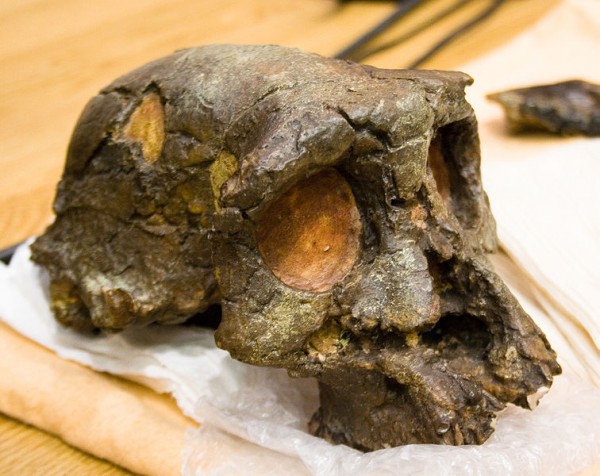
Image Source
Sahelanthropus tchadensis is an extinct old hominid species which is believed to be almost 7 million years old. Whether it can be regarded as part of the Hominina tree is unclear; there are arguments both supporting and rejecting it. Another complication in its classification is that it is older than the human-chimpanzee divergence (estimated to 6.3 to 5.4 million years ago) seen in genetic data,and that there are few if any specimens other than the partial cranium.
The braincase, being only 320 cm³ to 380 cm³ in volume is similar to that of extant chimpanzees and is notably less than the approximate human volume of 1350 cm³. The teeth, brow ridges, and facial structure differ markedly from those found in Homo sapiens. Cranial features show a flatter face and u-shaped teeth piece.
8. Orrorin Tugenensis
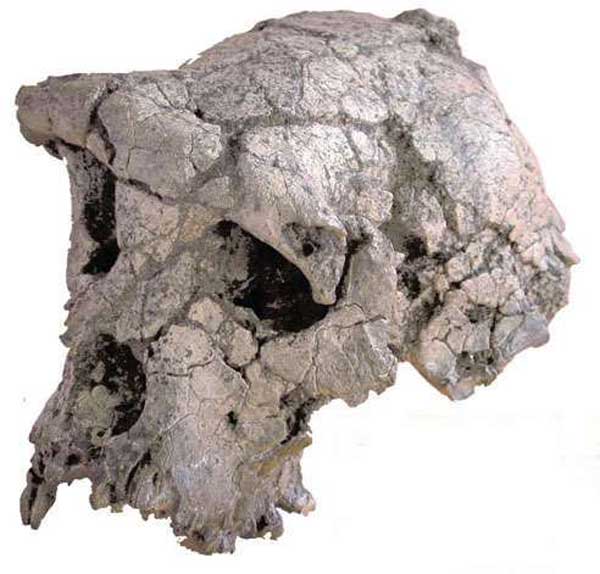
Image Source
Orrorin tugenensis is considered to be the second-oldest known hominin ancestor that is possibly related to modern humans. The strata in which the fossils were found were estimated to date between 6.2 and 5.6 million years ago. The fossils found so far come from at least five individuals.
There are proofs that Orrorin walked upright and bipedally; data was suggestive of tree-climbing skills. The small teeth size suggest that Orrorin ate mostly fruit and vegetables, with occasional meat. Orrorin was about the size of a modern chimpanzee.
7. Australopithecus Afarensis
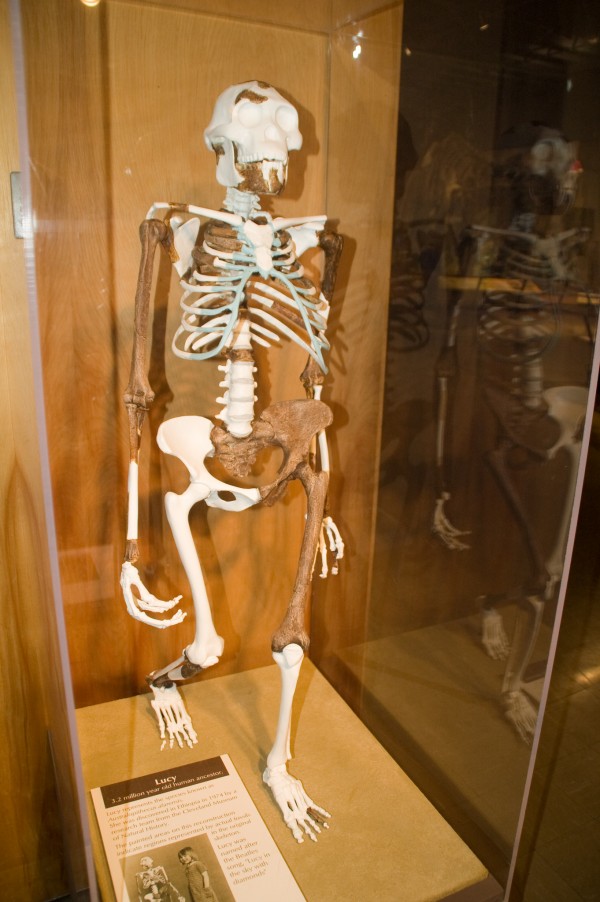
Image Source
Australopithecus afarensis is an extinct hominin which lived between 3.7 and 2.9 million years ago. A. afarensis was slenderly built, It is thought that A. afarensis was ancestral to both the genus Australopithecus and the genus Homo, which includes the modern human species, the Homo sapiens. The most famous fossil is the partial skeleton named Lucy (3.2 million years old) by Donald Johanson and colleagues.
Australopithecus afarensis fossils have only been discovered within northern Africa. A. afarensis was almost exclusively bipedal. The curvature of the finger and toe bones is most likely reflective of their ability to efficiently grasp branches and climb. A. afarensis also has a relatively small brain size (~380–430 cm³) and a projecting face.
6. Australopithecus Africanus
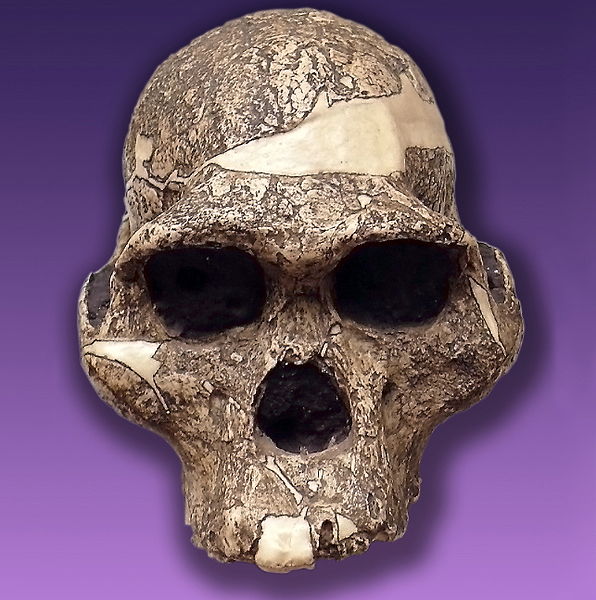
Image Source
Australopithecus africanus was an early hominid, who lived between 2–3 million years ago.
A. africanus was slenderly built, or gracile, and was thought to have been a direct ancestor of modern humans. Fossil remains indicate that A. africanus was significantly more like modern humans than A. afarensis, with a more human-like cranium permitting a larger brain and more humanoid facial features. A. africanus has been found at only four sites in southern Africa.
5. Homo Habilis
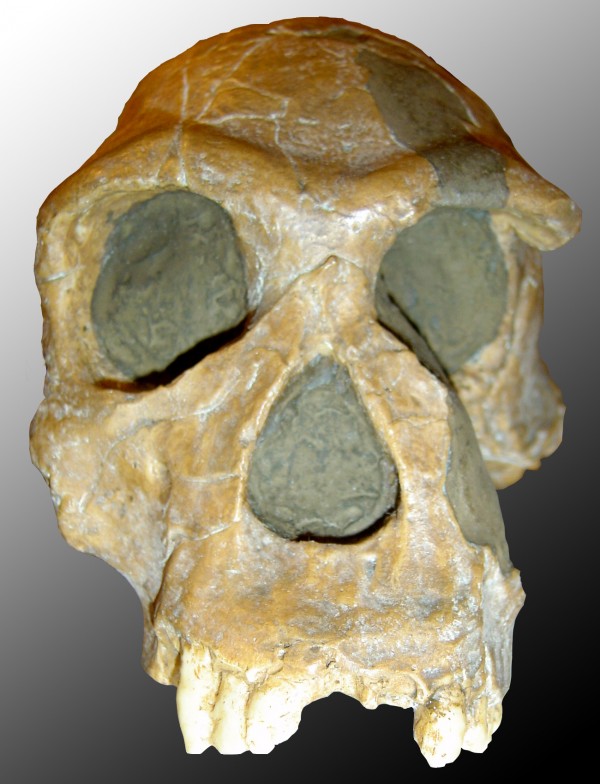
Image Source
Homo habilis “handy man” is a species of the genus Homo, which lived from approximately 2.3 to 1.4 million years ago.
H. habilis was short and had disproportionately long arms compared to modern humans; however, it had a less protruding face. Despite the ape-like morphology of the bodies, H. habilis remains are often accompanied by primitive stone tools.
4. Homo Ergaster
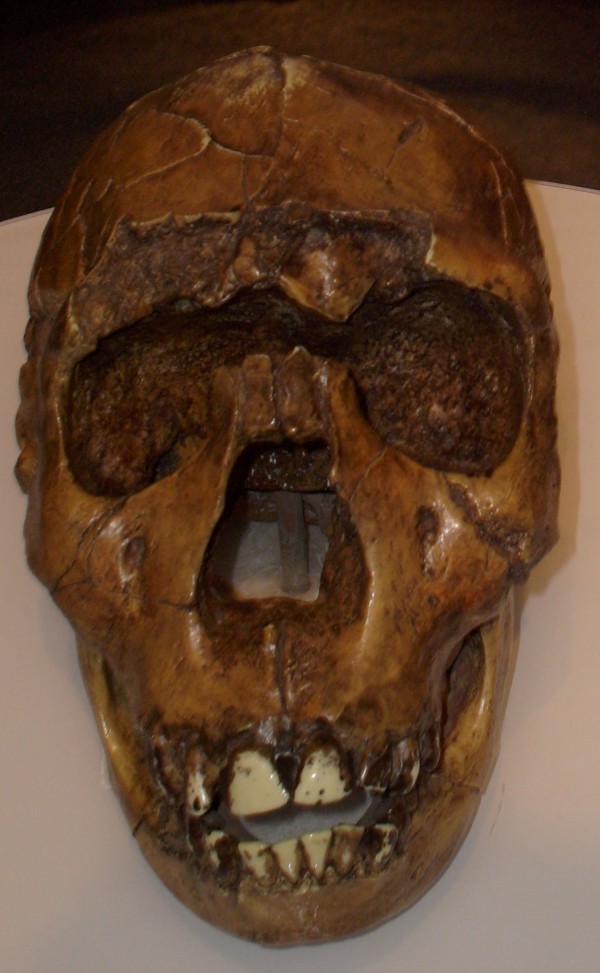
Image Source
Homo ergaster is an extinct chronospecies of Homo that lived in eastern and southern Africa about 1.9-1.4 million years ago. There is still disagreement on the subject of the classification, ancestry, and progeny of H. ergaster, but it is now widely thought to be the direct ancestor of later hominids including Homo sapiens.
H. ergaster may be distinguished from H. erectus by its thinner skull-bones and lack of an obvious bone above the eye balls. It may be distinguished from Homo heidelbergensis by its thinner bones, more protrusive face, and lower forehead. Derived features separating it from earlier species include reduced sexual dimorphism.
3. Homo Erectus
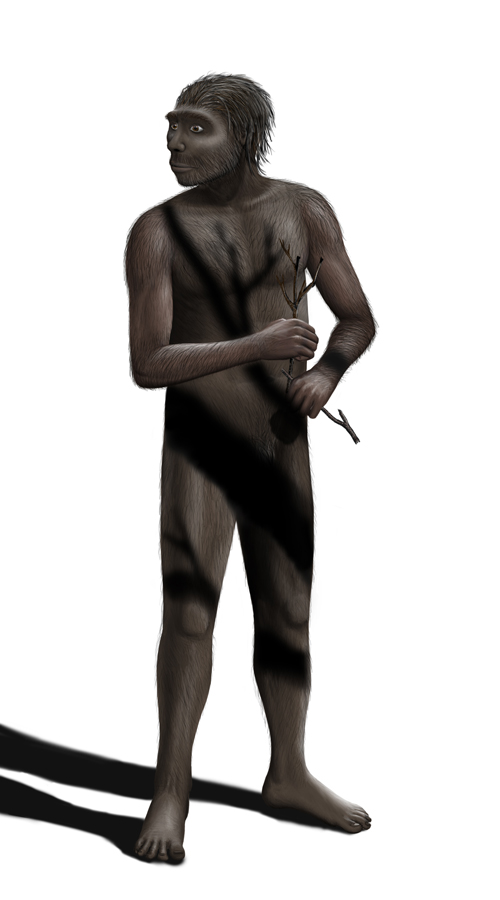 Image Source
Image Source
Homo erectus is an extinct species of hominid that originated in Africa—and spread as far as China and Java—about 1.8 to 1.3 million years ago. It may be an Asian species slightly distinct from African ergaster but also a direct ancestor of later hominids including Homo sapiens. Some call H. ergaster the direct African ancestor of H. erectus, proposing that it emigrated out of Africa and migrated into Asia, branching into a distinct species.
H. erectus had a cranial capacity greater than that of Homo habilis : the earliest remains show a cranial capacity of 850 cm³, while the latest specimens measure up to 1100 cm³, overlapping that of H. sapiens. They were bipedal, face more like humans and used more diverse and sophisticated stone tools than its predecessors. Homo erectus was probably the first human to live in an hunter-gatherer society.
2. Homo Heidelbergensis
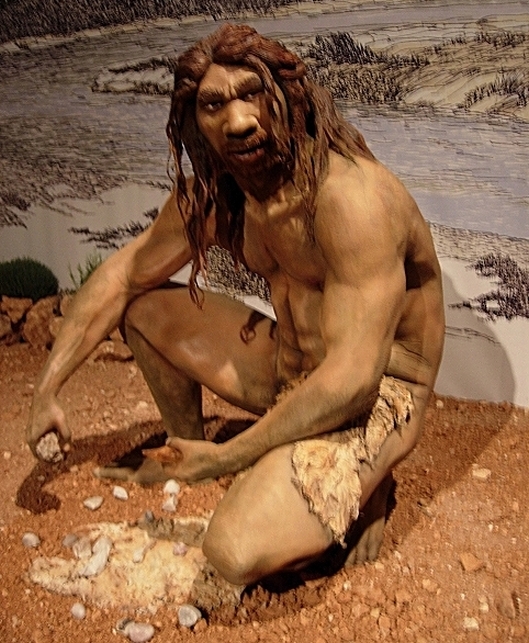
Image Source
Homo heidelbergensis is an extinct species of the genus Homo which may be the direct ancestor of both Homo neanderthalensis in Europe and Homo sapiens. The best evidence found for these hominin date between 600,000 and 400,000 years ago.
In theory recent findings in Spain also suggest that H. heidelbergensis may have been the first species of the Homo genus to bury their dead, even offering gifts. Some experts believe that H. heidelbergensis, like its descendant H. neanderthalensis, acquired a primitive form of language. No forms of art or sophisticated artifacts other than stone tools have been uncovered, although red ochre, a mineral that can be used to create a red pigment which is useful as a paint, has been found at excavations in the south of France.
1. Neanderthal
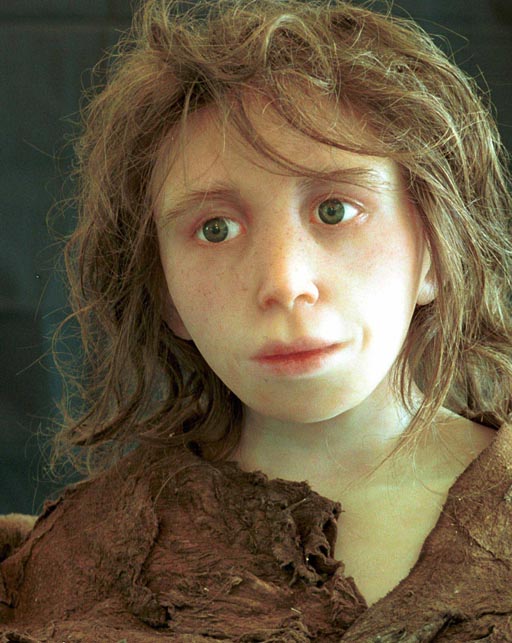
Image Source
The Neanderthal is an extinct member of the Homo genus that was found in Europe and parts of western and central Asia. No definite specimens younger than 30,000 years ago have been found.
Neanderthal stone tools provide further evidence for their presence where skeletal remains have not been found. Neanderthal cranial capacity is thought to have been as large as that of Homo sapiens, perhaps larger, indicating that their brain size may have been comparable as well. They were much stronger than Homo sapiens, having particularly strong arms and hands. They were almost exclusively carnivorous and apex predators.
Neanderthals were slightly shorter than modern humans and children may grew faster than modern human children. They might have even performed cannibalism.